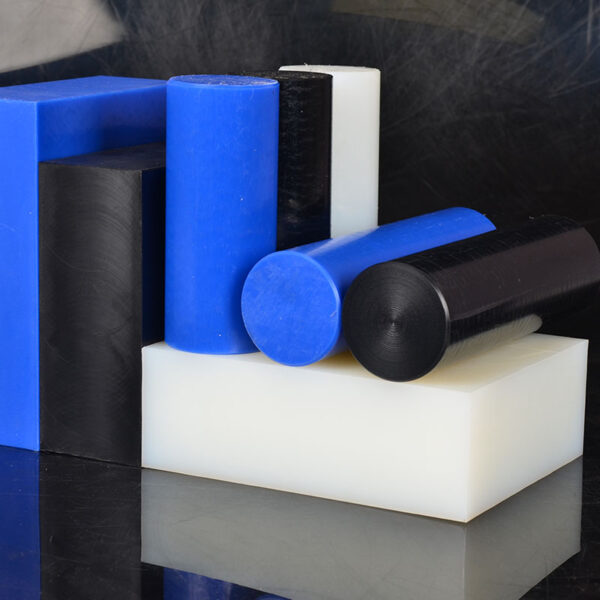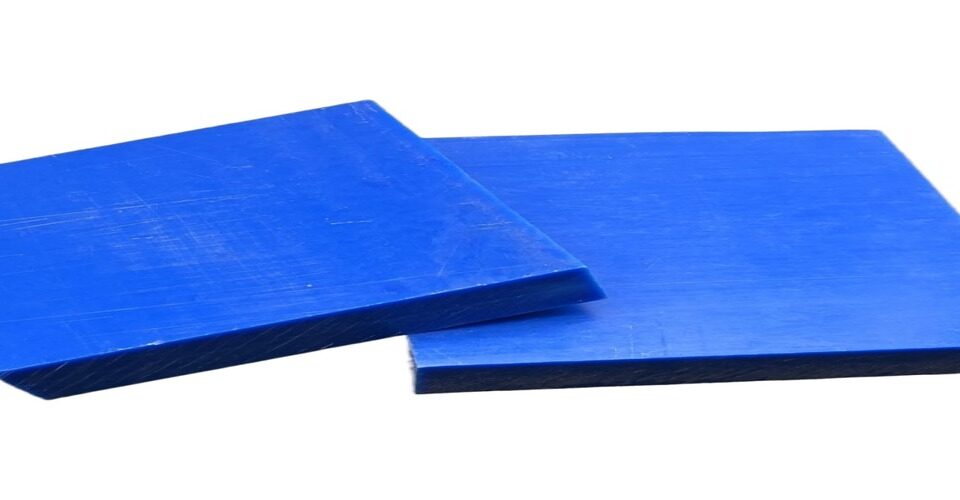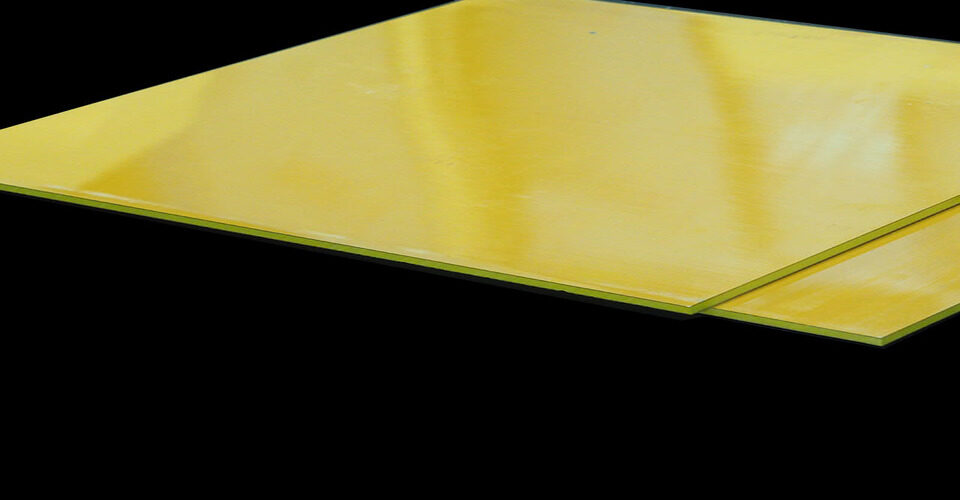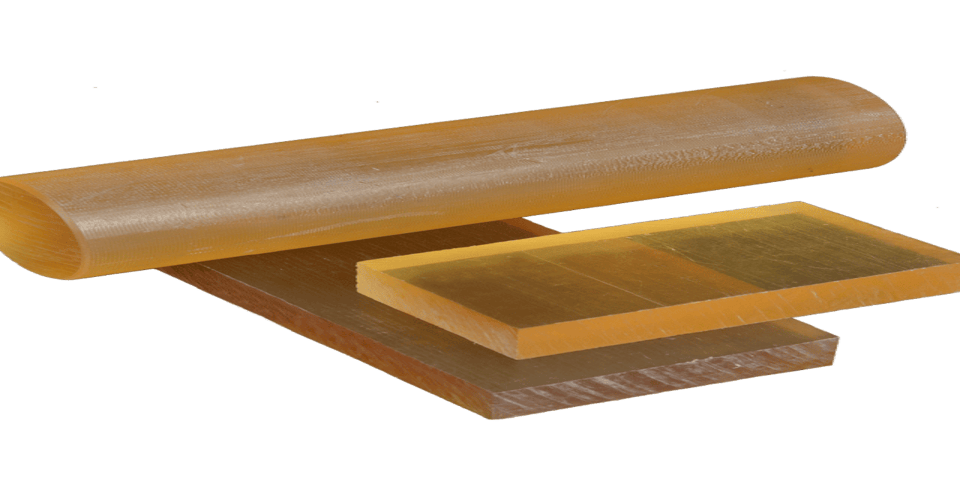
Is PPSU Plastic Safe to Use?
October 24, 2024
PFA Teflon
October 25, 2024Introduction to PA Plastic
PA plastic, commonly known as nylon, is a versatile thermoplastic used in various applications, from textiles to automotive parts. As environmental concerns grow, the recyclability of materials like PA becomes increasingly important.

Types of PA Plastic
There are several types of nylon, including PA6, PA66, and others, each with distinct properties and applications. Understanding the specific type is crucial when discussing recycling options.
Recycling Process
PA plastic can be recycled through mechanical and chemical methods. In mechanical recycling, used nylon products are cleaned, shredded, and reprocessed into new materials. Chemical recycling breaks down nylon into its monomers, allowing for the creation of virgin-quality material.
Challenges in Recycling
Recycling PA plastic presents challenges. Contamination from additives or other materials can hinder the recycling process. Additionally, the availability of recycling facilities equipped to handle nylon is limited in some regions, which may discourage proper recycling practices.
Environmental Impact
Recycling PA plastic can significantly reduce environmental impact. It conserves resources, reduces energy consumption, and minimizes landfill waste. However, the efficiency of recycling processes varies, and not all nylon products are recyclable in every facility.
Conclusion
In summary, PA plastic is recyclable, but several factors influence the effectiveness of the recycling process. Increased awareness and improved recycling infrastructure are essential for maximizing the environmental benefits of recycling nylon. Efforts to develop better recycling technologies are ongoing, making PA a more sustainable option in the future.






